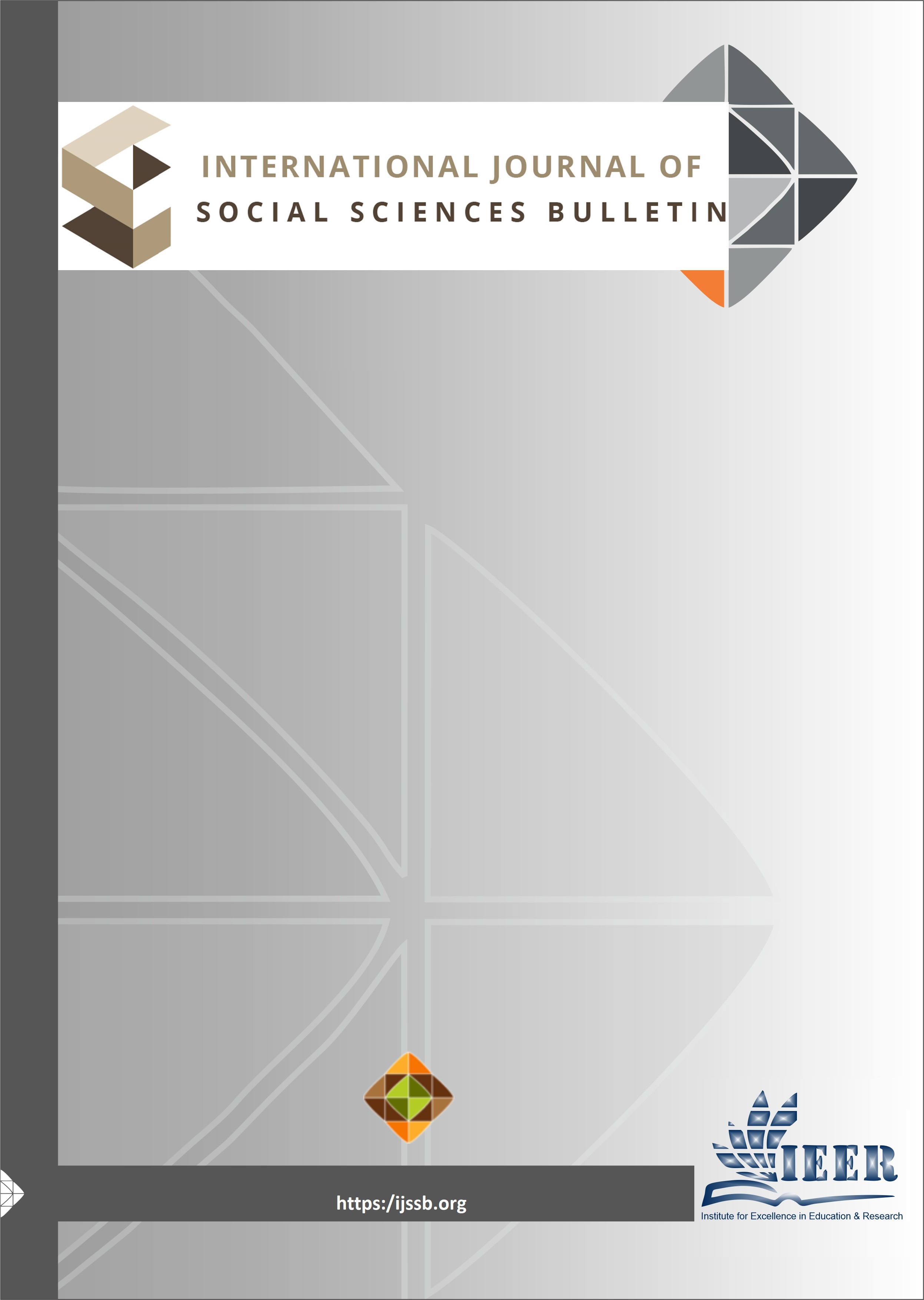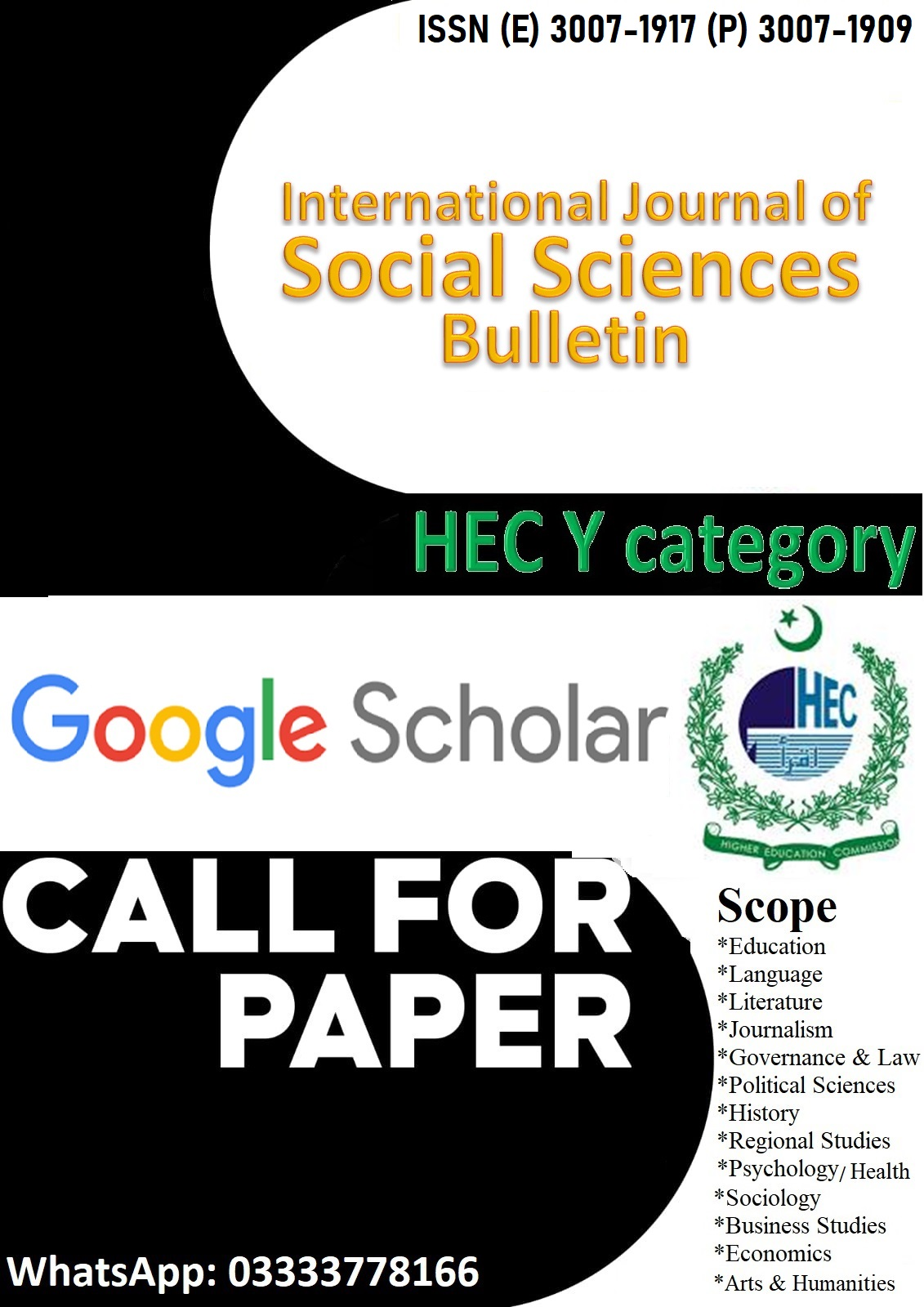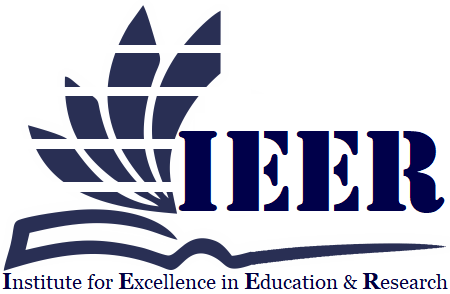BRAND USAGE: EXAMINING LOYALTY, CONGRUENCY, AND SELF EXPRESSIVENESS AS DETERMINANTS OF EMOTIONAL ATTACHMENT
Keywords:
Emotional Attachment, Congruency, Usage, Loyalty, Self Expressiveness, Social MediaAbstract
This study investigates the psychological drivers of emotional attachment in social media environments, examining how self-congruency, self-expressiveness, usage patterns, and loyalty influence user-platform bonds. Drawing from attachment theory and self-concept literature, we
propose a model where emotional attachment emerges from alignment between platform characteristics and user identity. Using a quantitative approach with 200 active social media users, our analysis reveals that both self-congruency and self-expressiveness significantly predict emotional attachment, while mere usage frequency shows no significant effect. Loyalty emerges as the strongest predictor, demonstrating its reciprocal relationship with emotional bonds. The findings challenge conventional engagement metrics by showing that quality of interaction (identity alignment and expression) matters more than quantity (time spent). These results offer crucial insights for platform designers and marketers, suggesting that features enabling authentic self-presentation and personalization foster deeper user connections than passive engagement strategies. The study advances our understanding of digital attachment phenomena, bridging psychological theories with contemporary social media behaviors while providing actionable implications for user experience design and relationship management in virtual environments.
Downloads
Published
Issue
Section
License

This work is licensed under a Creative Commons Attribution-NonCommercial-NoDerivatives 4.0 International License.

















